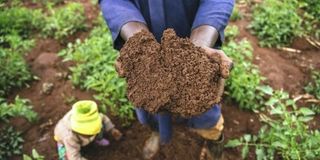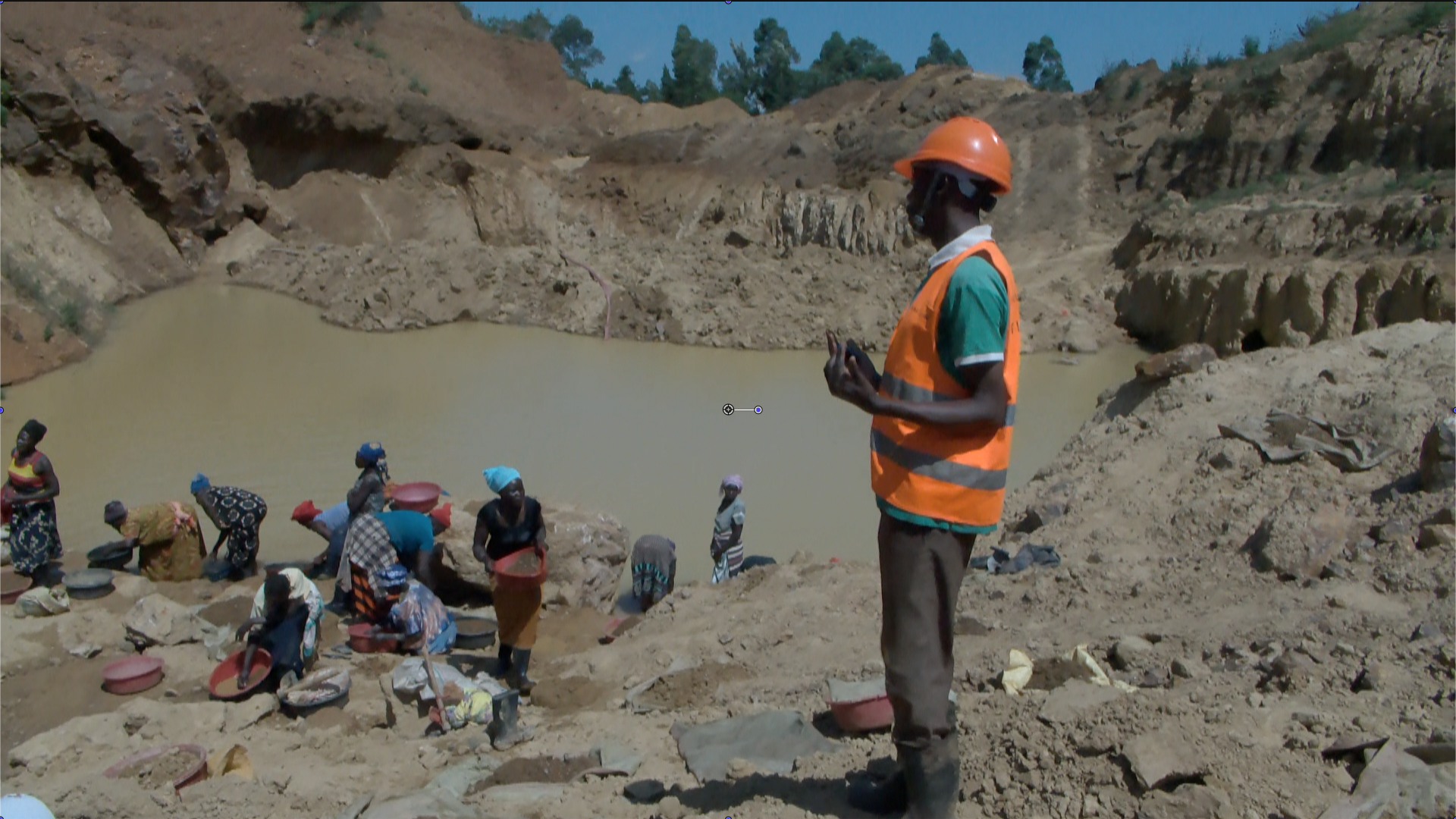Biodiversity collapse shouldn’t be ignored

What you need to know:
- The issue: Biodiversity
- Our view: We hope that all the powers that be work feverishly to ensure that an upset of the ecological balance doesn’t take root.
The 15th conference of the parties to the United Nations belatedly gets underway today in Montréal, Canada, with the consensus view that we are now living in an age of extinction.
Uganda, a party to the convention on biological diversity since December of 1993, has in recent times had first-hand experiences of biodiversity loss in some shape or form. The country has just come through yet another dwindling harvest season of grasshoppers.
Human behaviour—notably deforestation and climate change—is blamed for this biodiversity loss. While deforestation has deprived the insects of a natural habitat, the vagaries of weather have upset their life cycles. This has had a domino effect of loss perpetuating loss.
Scientists the world over are cocksure that such losses have left earth teetering on the precipice of the sixth mass extinction. Only Latin America and the Caribbean have since 1970 experienced a sharper decline in animal populations than Africa.
Thanks to the oil-rich Western Albertine Rift, Uganda is part of the so-called Afromontane archipelago. The archipelago is among the 36 biologically rich yet threatened regions in the world.
Empirical evidence shows that these biodiversity hotspots have lost a staggering 70 percent of their native vegetation. This has had unintended sinister repercussions, with protection of wildlife and ecosystems taking a back seat to commercial interests that are very varied.
We wholly buy into the science that loss of natural habitats for say insects—which account for 80 percent of animal life on earth—can have wide-ranging implications. Take grasshoppers, the requirements for farming them—be they land, water and feed—is far from being as environmentally damaging as traditional livestock farming.
Will the insects, however, endure what is being described as the largest loss of life since the time of the dinosaurs? When COP15 takes centre stage from December 7-19 in Montréal, governments will hold themselves to a set of biodiversity targets for the 2020s.
The past, though, barely inspires hope as targets agreed to at the last major summit—COP10 in Nagoya, Japan—in 2010 largely remain on paper.
In Montréal, this time round, it appears a lot depends on one probability: Whether nature-rich countries like Uganda—which are often cash-poor—can manage to get nature-poor countries—which are cash-rich—to agree to an arrangement that mirrors COP27’s historic global fund for loss and damage.
Ultimately, though, we hope that all the powers that be work feverishly to ensure that an upset of the ecological balance doesn’t take root. If biodiversity loss is to be stopped in its tracks, unsustainable agricultural practices and their attendant effects such as pollution have to be decisively addressed.
Food production—particularly raising of animals for meat—accounts for about a third of all greenhouse gases emitted into the atmosphere. It is plain to see that more environmentally-friendly options have to be considered.
So, by all accounts, there is work to be done. Hopefully, COP15 won’t morph into a bureaucratic talking shop. A bold global biodiversity framework is all the world wants for Christmas.




